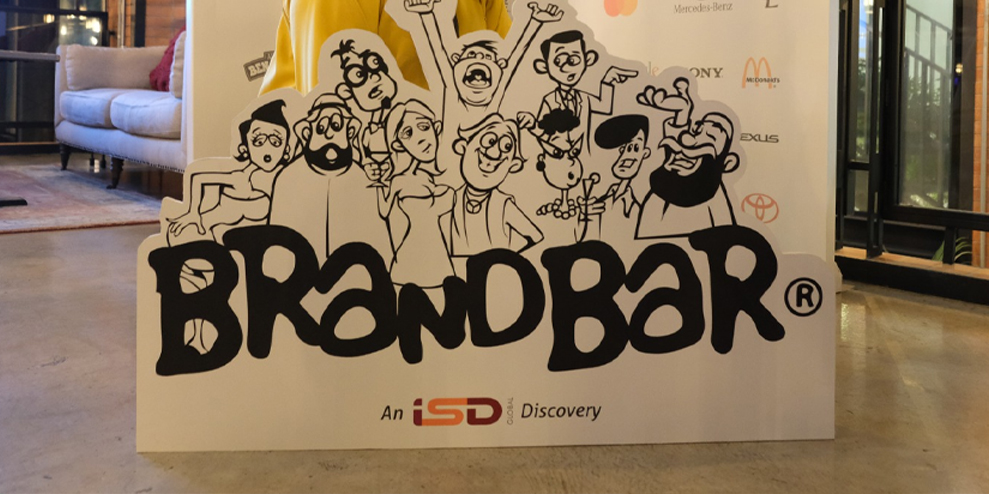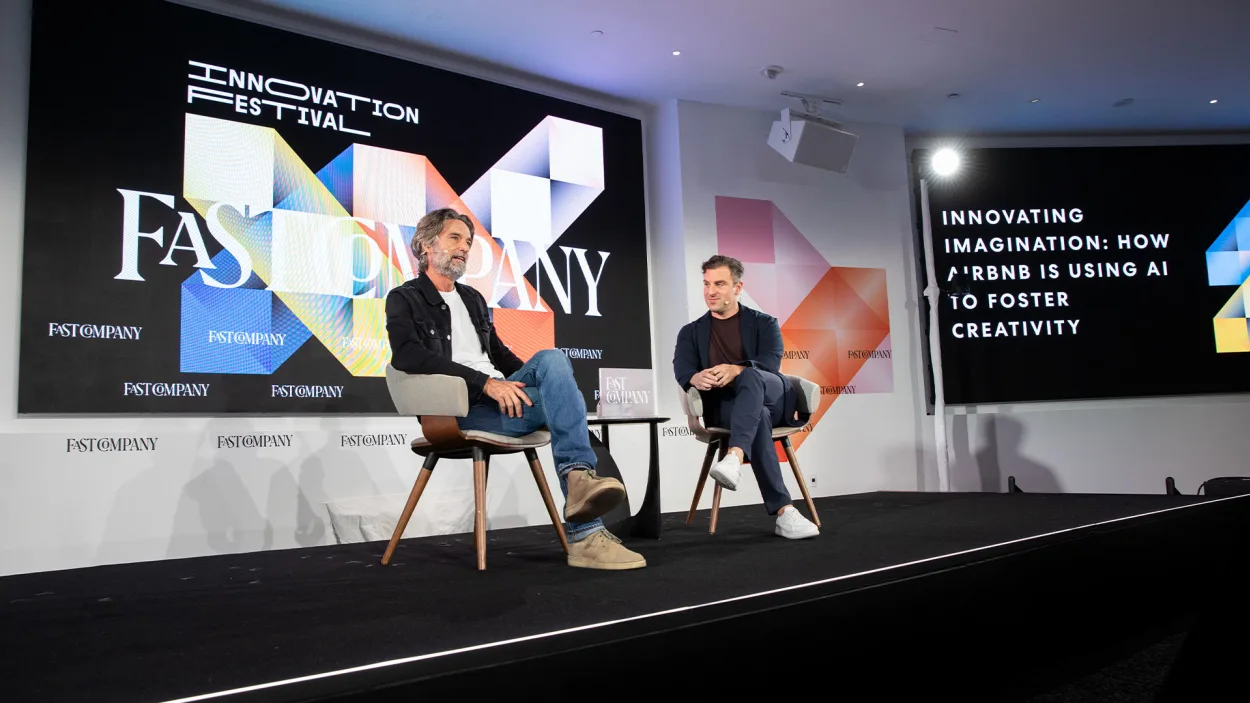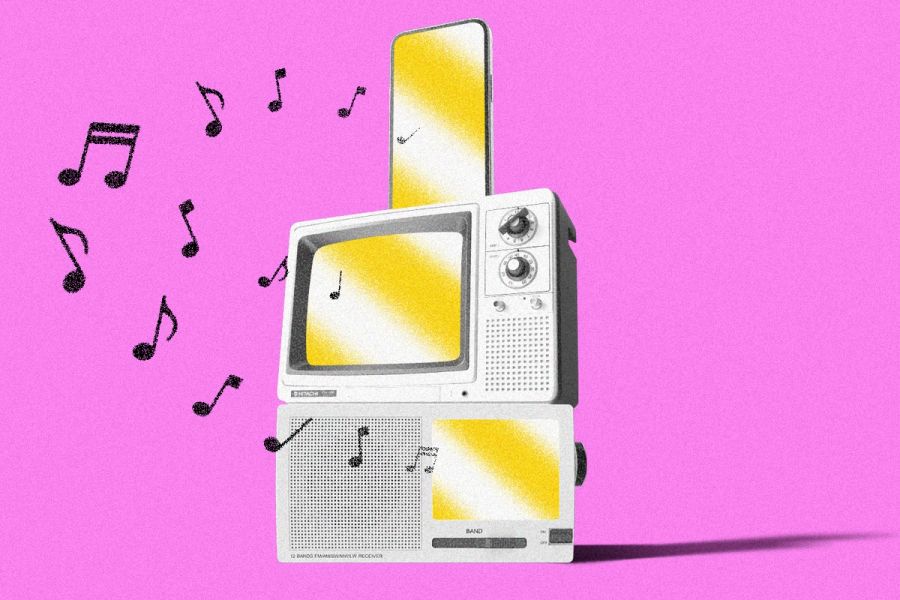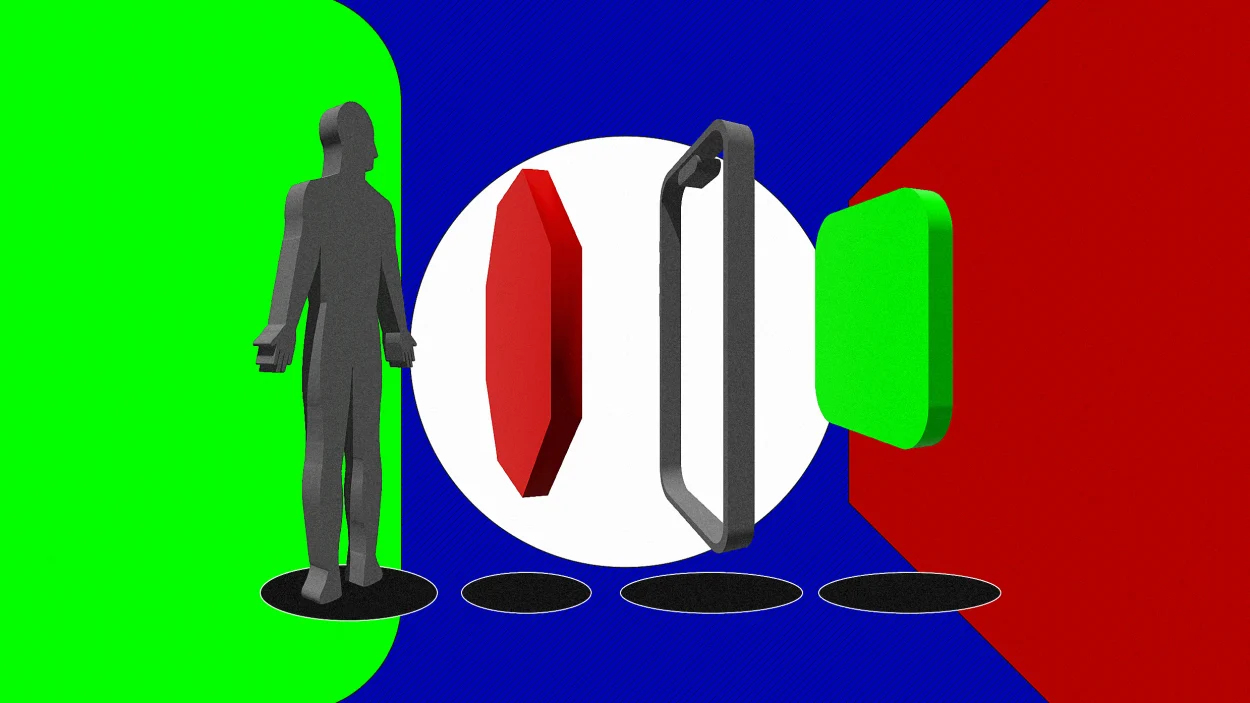


BrandKnow is an experiment and a dedication to all brand lovers.Thank you for the passion, the emotional labour and loyalty. Read More

BrandKnow is an experiment and a dedication to all brand lovers.Thank you for the passion, the emotional labour and loyalty. Read More

To build tenacity, willpower, and mental strength, remind yourself of these two words. Read More


Studies show that companies that prioritize this people skill experience higher productivity and employee engagement. Read More

The potential — and hype — surrounding machine learning, artificial intelligence, and especially generative AI is everywhere. Some are predicting a full suite of “this changes everything” advances in all industries, for all professions, and for people in their public and private lives. This technology is unmatched at recognizing patterns in data, and its proponents argue it has the potential to be an enormous research laboratory that never stops working, a paradigm-buster that unlocks human creativity, an accelerator for human ingenuity, and a window into reality that is currently beyond reach. Sundar Pichai, of Google likens it potential to fire and electricity. Read More



As a UX designer deeply invested in the world of apps and user experience, there’s a subject that has been occupying my mind lately—the fascinating interplay between anticipatory, persuasive, and emotional design in UX. We’ve all encountered those products that seem to hold an irresistible allure, effortlessly keeping us hooked. But have you ever wondered how these products leverage psychological techniques to influence our decisions, sometimes even at the cost of our autonomy?